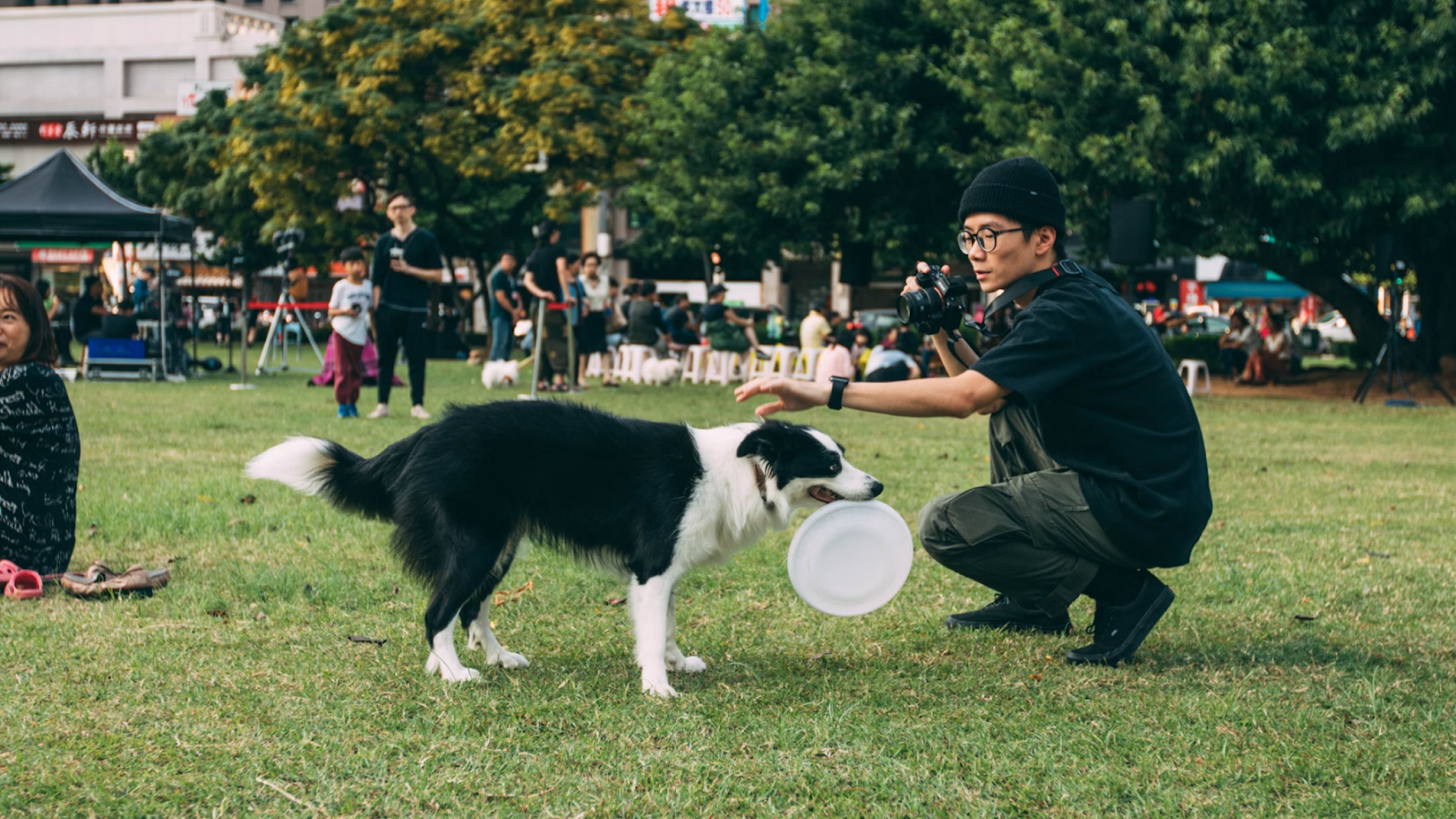Your following action should be to contact a trainer if your dog does not respond to your commands. You must manage the behaviour of your disobedient dog with patience, consistency and the right approach. A dog often exhibits this behaviour because of anxiety, lack of training, unclear commands or excess energy. In some cases, your relationship with your pet is not strong enough.
Identifying the root cause of the problem determines the training strategy. Let’s see how it works.
Identify the Root Cause
Understanding why your dog is disobedient is the first step in addressing their behaviour. Some common reasons for disobedience include:
Lack of Training
With consistent training, dogs will likely know what is expected of them.
Unclear Commands
Dogs need clear, simple commands to follow; consistent commands can lead to clarity.
Anxiety or Fear
Dogs that feel anxious or scared may act out or ignore commands as a coping mechanism.
Boredom or Excess Energy
Like working breeds, dogs with high energy levels often become disobedient if not adequately exercised.
By identifying the root cause, you can tailor your approach to address the issues influencing your dog’s behaviour.
Start with Basic Obedience Training
Basic obedience training can help your dog understand essential commands and behaviours. Start with commands like sit, stay, come, and heel. These commands are building blocks that will improve your dog’s responsiveness and overall behaviour.
Use these critical steps in your obedience training sessions:
Short Sessions
Aim for 10-15 minute sessions to keep your dog focused.
Positive Reinforcement
Reward desired behaviours with treats, praise, or affection. Positive reinforcement encourages your dog to repeat good behaviours.
Consistency
Use the exact words and gestures for each command to help your dog understand what you want.
Patience
Stay calm and patient, especially if your dog struggles with a command. Frustration can lead to a setback in training progress.
Address Specific Problem Behaviors
Once your dog has mastered basic commands, you can work on correcting specific problem behaviours.
Barking
If your dog barks excessively, use the quiet command and reward silence. Consider removing triggers, such as closing blinds to limit outside distractions.
Jumping on People
Teach the off command, and reward your dog for keeping all four paws on the ground when greeting people.
Leash Pulling
For dogs that pull on the leash, practice the heel command. Stop walking when your dog pulls, and only resume when they’re walking beside you.
Addressing each behaviour consistently is key to long-term improvement.
Practice Regular Exercise and Mental Stimulation
A tired dog is usually a well-behaved dog. High-energy dogs need plenty of exercise and mental stimulation to prevent disobedient behaviour. Daily walks, playtime, and interactive toys can help burn off excess energy.
Mental stimulation, like puzzle toys, treat-dispensing toys, or games like hide-and-seek, keeps your dog engaged and mentally challenged. Training sessions can also serve as mental stimulation, encouraging your dog to think and solve problems.
Use a Professional Trainer if Needed
Sometimes, despite your best efforts, you may need the help of a professional dog trainer. Trainers can offer advanced dog obedience training techniques tailored to your dog’s needs and personality. Look for trainers who specialize in positive reinforcement and have experience with disobedient dogs.
A professional can also help identify any underlying issues you may have missed, like anxiety, aggression, or fear, and work with you to find the best solutions for these behaviours.
Stay Consistent at Home
Consistency is crucial when managing a disobedient dog. To avoid confusing the dog, ensure that all family members or housemates understand the training commands and methods. For example, if you use the sit command before giving treats, everyone should do the same.
A clear set of rules and expectations will help your dog understand boundaries, leading to better behaviour over time.
Be Patient and Persistent
Managing dog disobedience takes time, patience, and consistency. Progress may be slow, but each small improvement is a step in the right direction. Dogs thrive on routine and structure, so the more you stick to your training efforts, the more likely they will adopt new, positive habits.
Incorporating dog obedience training into your routine can turn even the most disobedient dog into a well-behaved companion. While challenges will arise, remaining consistent, providing positive reinforcement, and practicing patience will significantly affect your dog’s behaviour and your bond with them.
